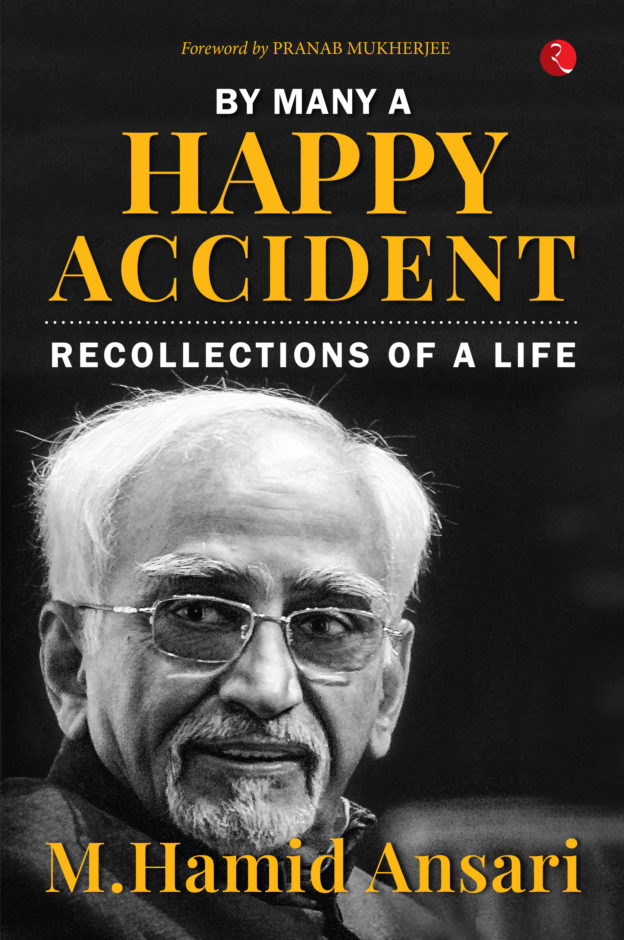Perspectives on Power: India and China
no information available
India and China underwent similar political experiences between the seventh and second centuries b.c. Centripetal forces propelled Magadha in India and the state of Ch’in in China to positions of undisputed power through the assimilation and conquest of states which had been their equals. In both the cases the states that became paramount summed up and exemplified the forces and tendencies of the time and were outsiders to the hallowed centres of culture and thus representative of the changing and radical nature of the epoch in which Chou feudalism finally died in China and India saw the rise of major heterodox religious movements such as Buddhism. This period of fierce inter-state conflict and fluctuating political fortunes preceding unification also saw the development of a literature of Realpolitik which frankly aimed at the aggrandisement of political might – a concern shared by both the Legalists of China and the Arthsastra author of India. These affinities are striking and well worth going into in detail particularly in view of their divergent historical futures. The present work sets out with the aid of a number of contemporary texts to elucidate conceptual approaches to the problem of political authority in the two countries during this phase. It suggests that the historical affinities that exist tend to obfuscate rather than reveal crucial differences of political perspectives. Differences which – to leap centuries ahead of this study – may help to explain why Gandhi and Mao despite the many similarities between them opted for discrete and unitary political models respectively. About the Author Padmanabh Vijai Pillai after a brief stint with the Indian Foreign Service turned to academics and obtained a Ph.D. in History from the University of Michigan. He returned to Delhi and worked as a senior fellow at CSDS as a Homi Bhabha Fellow. He also co-edited with Pietro Redondi The History of Sciences: The French Debate. He passed away in 2007.
... Read more Read less










